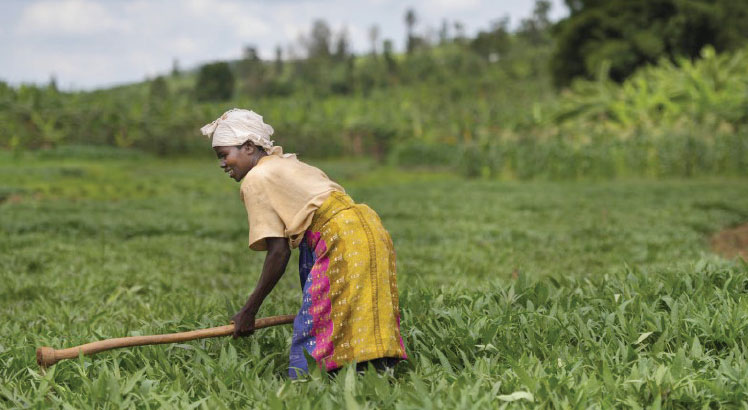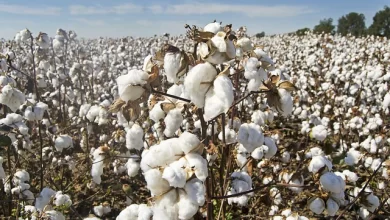Malawi inflation rate stands out in Comesa

Malawi’s inflation rate under the Harmonised Consumer Price Index (HCPI) still stands out as one of the highest in the Comesa trade bloc.
However, the rate has been falling the fastest among the members of the bloc.
The latest Common Market for Eastern and Southern Africa (Comesa) HCPI indicates that Malawi’s prices increased by 23.2 percent on year-on-year basis but fell by 1.1 percent compared to the previous month.
At 23.2 percent, Malawi’s HCPI stands out as the second highest in the region after Sudan’s 42.4 percent and according to the region’s inflation figures, Malawi’s price increase is about twice the Comesa average.
The year-on-year inflation rate in the Comesa region as measured by the HCPI-Comesa stood at 12.9 percent in June up from 12.2 percent in May 2014 and 8.7 percent in June 2013.
The month-on-month inflation rate for Comesa stood at 1.4 percent in June, indicating an increase in the rate compared to the previous month.
Although Malawi inflation is one of the highest in the region, authorities including the Reserve Bank of Malawi (RBM) have been arguing that the economy will meet the Comesa average.
While commenting on Malawi’s position in the region’s inflation, RBM spokesperson Mbane Ngwira argued that although the country has the second highest inflation in the region, it has to be noted that the other economies have also passed the same high inflation rates.
He noted that with time, Malawi will also enjoy lower inflation rates pointing out that so far the trend indicates that the country is doing well and will be at par with the other countries in the region.
According to the Comesa inflation figures, Malawi inflation rate decreased the highest in May and June, although generally the HCPI in the region has been on the upward trend.
Malawi has been experiencing high inflation rates in the wake of the liberalisation—devaluation and flotation—of the exchange rate in May 2012 with inflation as measured by the National Statistical Office (NSO) peaking at 37.9 percent in February 2013.





